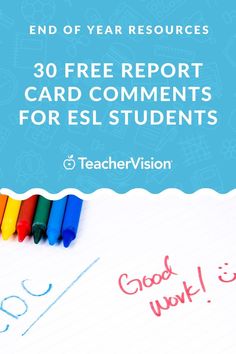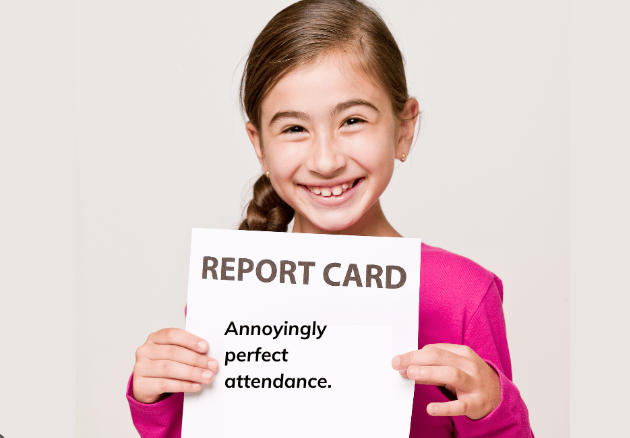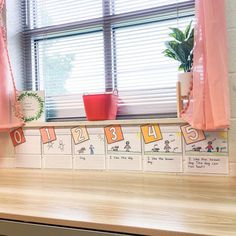Engaging children who are reluctant to write can be a challenging task. However, with creativity and patience, you can ignite their interest and transform writing into an enjoyable activity. Here are seven fresh ideas that may inspire your child to write:
1.Tap into their interests: Discover what your child is passionate about, whether it’s dinosaurs, space, or fantasy worlds, and encourage them to write a story or report on the topic.
2.Turn writing into a game: Create a game where each roll of the dice prompts them to write a sentence or add an idea to a story.
3.Use technology: Introduce them to kid-friendly word processing programs or writing apps that offer fun templates and graphics to adorn their stories.
4.Write together: Collaborate with your child on a story; take turns typing or writing out parts of the tale. This takes the pressure off and makes writing a shared adventure.
5.Create a writers’ toolbox: Put together a special box filled with writing prompts, colorful pens, stickers, and anything else that might excite them about writing.
6.Publish their work: Compile their writings into a homemade book, complete with illustrations, which can be shown off to family and friends.
7.Incorporate different mediums: Let children create comic strips, write songs, pen plays, or keep a journal – varying the medium can make writing new and intriguing each time.
Engaging reluctant writers requires thinking outside the traditional approaches of pens and paper. By incorporating these seven ideas into your efforts, you might just uncover a hidden love for writing in your child.











